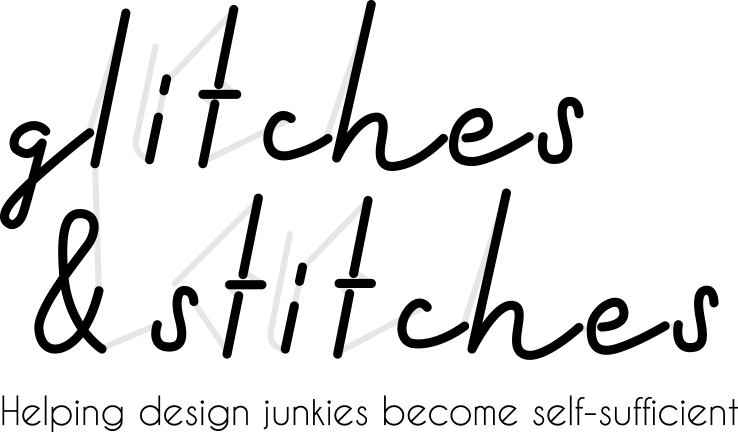Festival of Broken Needles
The Japanese ritual of Hari-Kuyō dates back over 400 years, and consists of a memorial service at Shinto shrines and Buddhist temples to honor and thank sewing tools for their service. This is in keeping with the philosophy of "not wasting" or "paying honor to the small things" exemplified in the concept of mottainai.
In animist traditions everyday objects are considered to have souls. It is thought that tools, if used roughly, might absorb their user’s frustrations and later, upon their 100th birthday, transform into "monsters" or Tsukumogami, banding together to take revenge on the wasteful.
Thus, throughout the year broken needles and pins are carefully collected, and on the 8th of February (or December 8th depending on the region) they are laid to rest on a shrine, placed in a block of tofu or konnyaku. The tofu or jelly cake is symbolic for rest and tenderness; a peaceful place for the tools retirement with a soft, silky texture to soothe their pain.
In observance of the ceremony, no sewing takes place on this day, allowing time for reflection and time to pray that sewing skills improve the following year.
Sources: Audrey Yang's The Festival of Broken Needles was an invaluable resource in researching this fascinating ritual.


